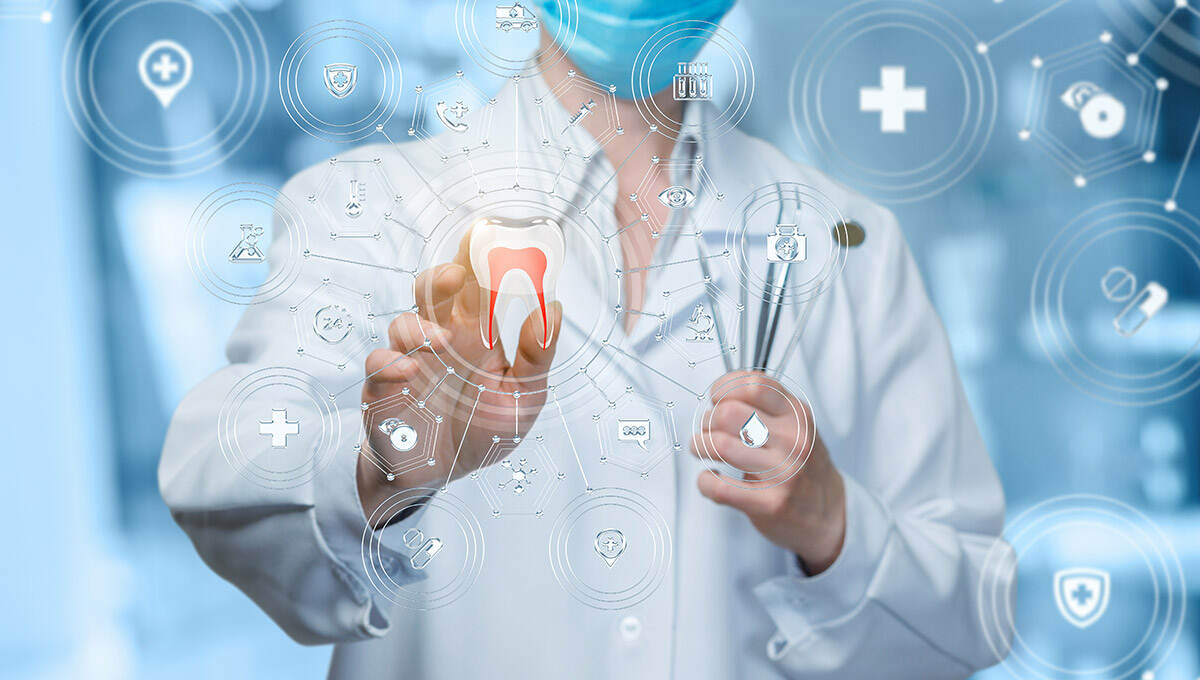Restorative dentistry is a vital area of dentistry that focuses on diagnosing, preventing, and treating oral diseases. The goal is to restore the function and aesthetics of the teeth, ensuring patients can enjoy a healthy smile. Recent advancements in dental technology have significantly improved the effectiveness and comfort of restorative procedures offered by dentists near you. Here, we will explore the latest innovations that are transforming restorative dentistry.
1. Digital X-Rays
Dental X-rays are advanced tools for restorative dentistry utilized by a dentist to take pictures of your teeth and jawbone. In the past, X-ray images were on film, taking longer to develop. But now, dentists have digital X-rays on a computer screen in just a few seconds. This helps dentists detect dental issues quickly and provides a plan on how to address any concerns.
2. 3D Printing
3D printing is a process that transforms digital designs into physical, three-dimensional objects. In dentistry, 3D printers can create models of your teeth, surgical guides, and even temporary crowns. These printed items are very accurate and help dentists work more precisely.
3. Laser Dentistry
Laser dentistry utilizes special light beams to treat dental problems. Lasers can extract tooth decay, reshape gums, and treat infections. Lasers are precise and can make treatments more comfortable. They often cause less pain and bleeding compared to traditional methods. For example, a laser can remove decayed tissue from your tooth without the need for a drill.
4. Cone Beam Computed Tomography (CBCT)
CBCT is a special type of X-ray machine that delivers a 3D image of your teeth, gums, and jaw. This 3D image helps dentists have a view of your mouth from different angles. With CBCT technology, dentists can detect dental issues more effortlessly and plan treatments. For example, if you need a dental implant, CBCT helps the dentist determine exactly where to place it.
5. Intraoral Scanner
An intraoral scanner is a small, handheld device that takes detailed images of your teeth. These images are utilized to create digital impressions.
Benefits of Intraoral Scanners
- Comfort: No more sticky moulds.
- Accuracy: Captures precise details of teeth.
- Speed: Quick and easy process.
6. Computer-Aided Design and Computer-Aided Manufacturing (CAD/CAM)
This technology utilizes computers to design and make dental restorations, like crowns and bridges. First, the dentist uses CAD software to design the restoration on the computer. Then, CAM machines create the restoration from materials like ceramic. This technology makes the process quicker and more accurate. You can often get your new crown or bridge in just one visit to a dental clinic.
7. Digital Impressions
Digital impressions are used to take pictures of your teeth with a special camera. This camera creates a 3D model of your teeth on a computer that can be used to make crowns, bridges, and other dental restorations.
Benefits of Digital Impressions
- Comfort: No more messy moulds in your mouth.
- Accuracy: Precise measurements for a better fit.
- Speed: Prompt results compared to traditional methods.
8. Digital Smile Design (DSD)
DSD is a state-of-the-art dental technology that helps dentists plan and show you how your new smile will look before they start any work. The dentist can create a digital model of your new smile using special software. They can adjust your teeth’ shape, size, and position to discover your most suitable look. DSD helps you and your dentist agree on the most suitable plan for your smile makeover.
9. Digital Occlusal Analysis
This technology helps dentists understand how your teeth come together when you bite. It uses a special sensor that you press with your teeth. This sensor creates a digital map showing how your teeth fit together and how much pressure each tooth exerts when you bite down.
Benefits of Digital Occlusal Analysis
- Precision: Helps to identify areas where your bite may be uneven.
- Comfort: Makes adjustments easier to improve your bite.
- Prevention: Helps to prevent tooth wear and jaw pain by ensuring your bite is balanced.
10 . Guided Implant Placement
This technology helps dentists place dental implants with remarkable accuracy. It utilizes 3D imagery from CBCT scans to plan the exact position of the implant. The dentist then uses a special guide during surgery to place the implant in the perfect spot. This technology makes implant surgeries safer and more successful. It ensures that the implant fits well with the adjacent teeth and bone.
This latest technology in restorative dentistry allows for quicker and more comfortable dental treatments. It helps dentists detect dental issues clearly and plan treatments more accurately. Your dentist can use these tools to enhance your oral health and create a stunning smile!
Book A Dental Appointment Today!
We provide exceptional dental care to meet your needs. As your trusted dental clinic, we focus on oral health and offer patient-centred care, same-day treatment options, and more. Our experienced team of dentist in Toronto ensures empathetic and professional service. To schedule an appointment at our dental clinic, please call or email us at [email protected] At Bloor Lansdowne Dental Centre, we look forward to welcoming you soon!
